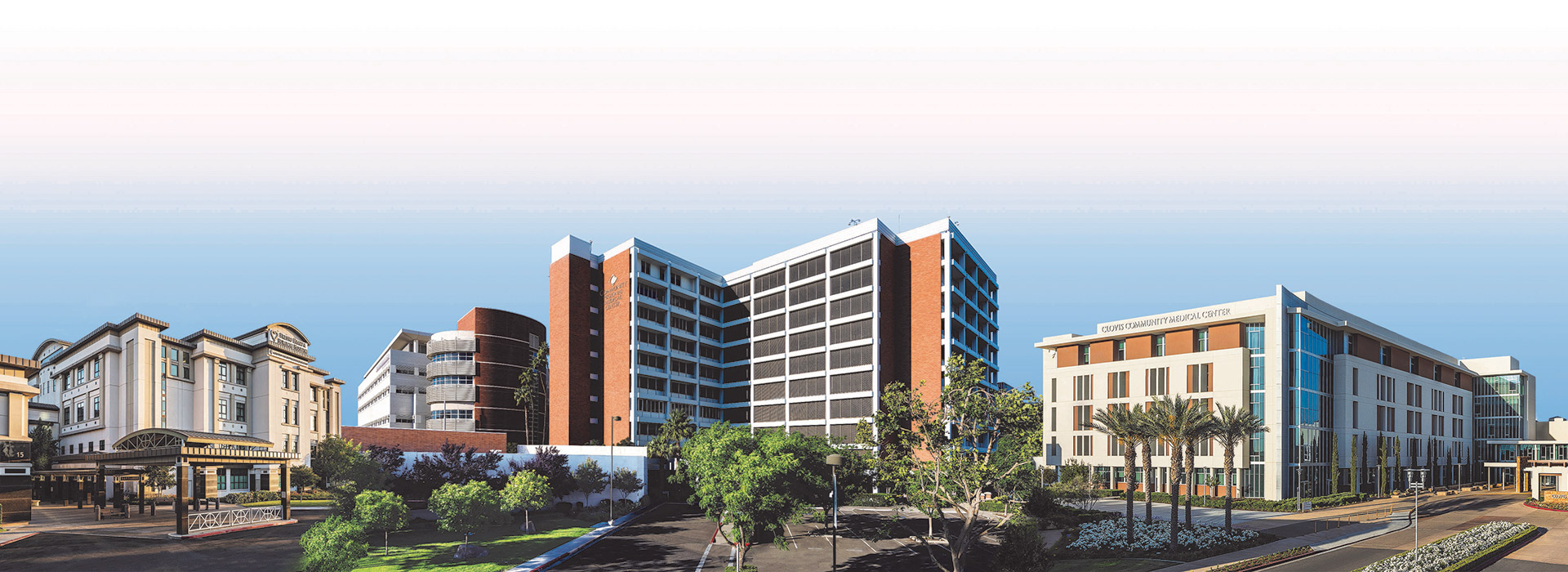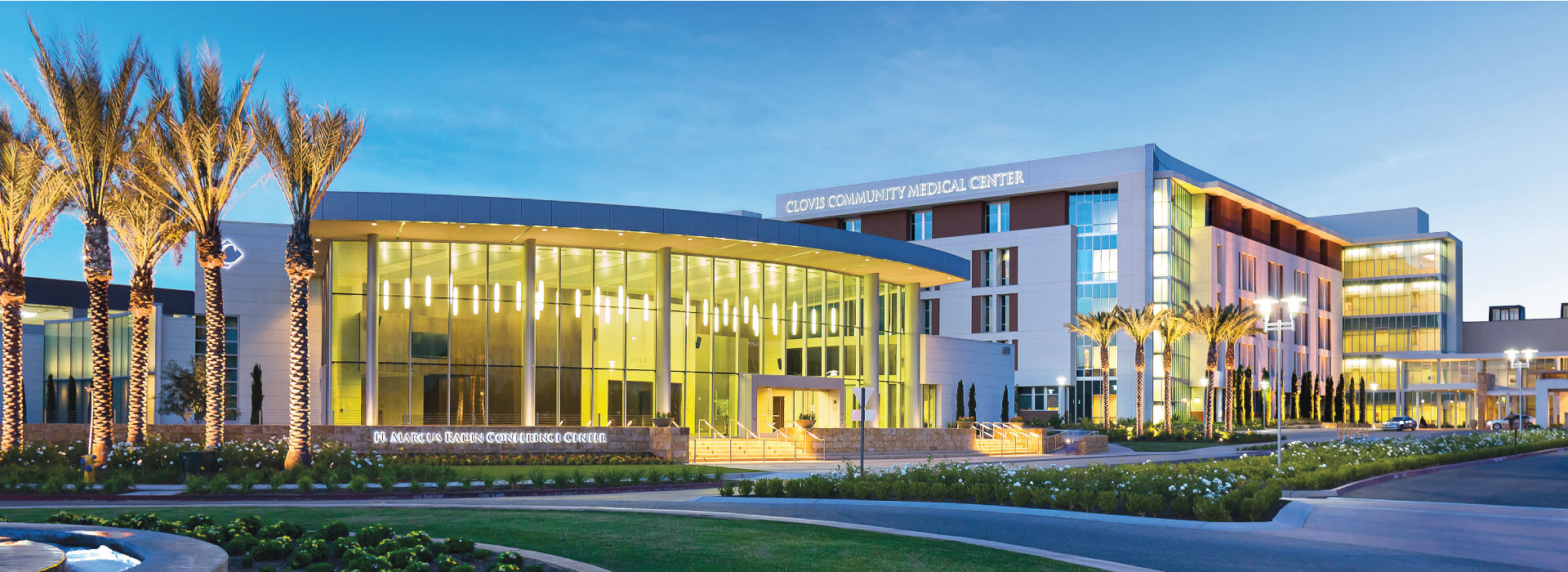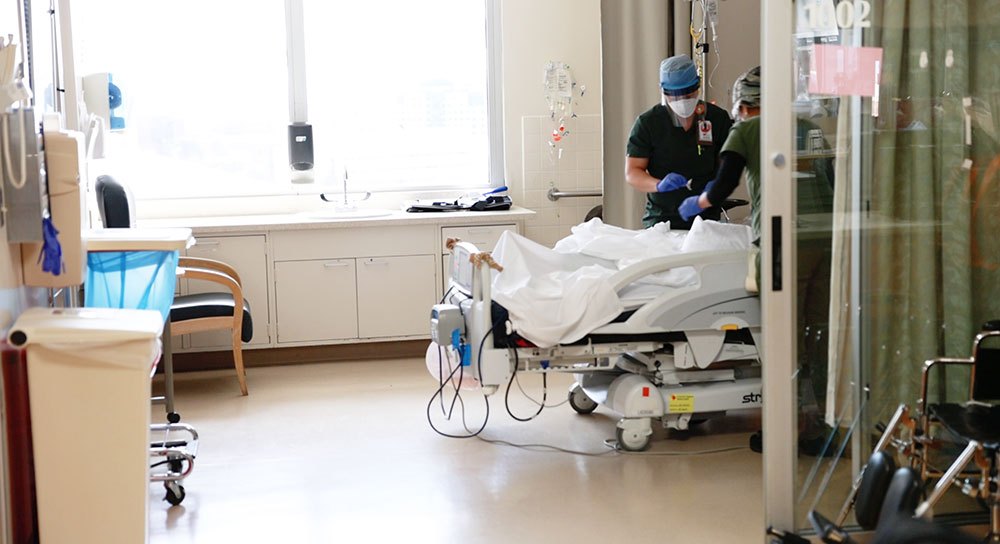California’s hospitals report nearly 13 million emergency department patient encounters a year. With the number of hospitals with emergency care decreasing statewide from 365 to 330 since 2000, and the number of patients increasing by 35% during the same time period, those seeking care can experience long waits. Community is working in a number of ways to expedite treatment – especially at its busiest hospital, Community Regional Medical Center.
 Community Regional is among the top five busiest emergency departments in California, according to the Office of Statewide Health Planning.
Community Regional is among the top five busiest emergency departments in California, according to the Office of Statewide Health Planning.
Most of Community Regional’s emergency patients were injured in a fall or accident and about 40% received cardiovascular treatment of some sort. More than 15% of those emergency patients are children or teens since Community Regional is the only comprehensive burn center and Level 1 trauma center between Sacramento and Los Angeles.
Triage – assessing and caring for those with the most urgent, perhaps life-threatening needs – is key to speeding care to all. For patients who walk in on their own rather than coming by ambulance or helicopter, medical providers in the emergency department’s waiting room do quick assessments, simple treatments or refill prescriptions.
Patients who need lab tests or X-rays for a diagnosis are sent to get those as soon as possible. Patients who need minor medical procedures like stitches are treated in one area and those who may take more time for breathing treatments or IV fluids go to another. Often they can then go home, allowing those with more serious medical needs to be treated and, if necessary, admitted. About 85% of Community Regional’s patients are discharged home from their emergency care.
Community has also opened a “Prompt Care Center” on the Community Regional campus to help care for things like bumps, bruises and other minor health issues. And the pioneering Community Connections program reaches out to those with chronic conditions such as diabetes, asthma and mental illness who find themselves repeatedly in the emergency room to help them avoid unnecessary hospital visits, and free up the ER for others.
Reported by Mary Lisa Russell and Erin Kennedy. Reach them at MedWatchToday@communitymedical.org.



_3.jpg)


.jpg?ext=.jpg)